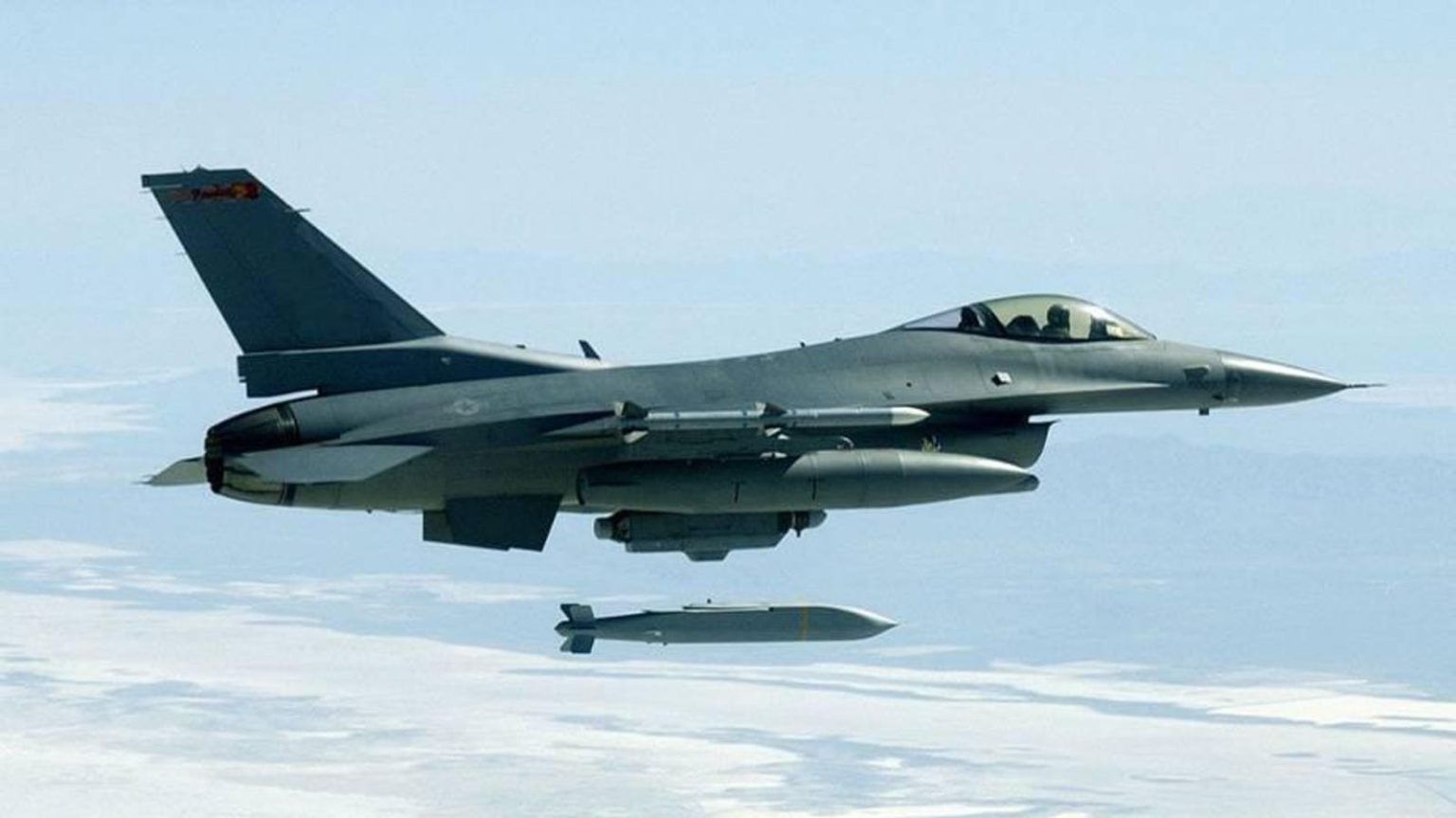According to press reports, the United States is about to pledge to Ukraine a staggering $8 billion in American-made weapons. It should be one of the biggest pledges of military aid Ukraine has received from the U.S. in the 31 months since Russia widened its war on Ukraine.
But the weapons won’t arrive fast—and there will almost certainly be a lot of strict conditions on exactly which munitions and vehicles the U.S. can send. What the Americans are planning on doing, in essence, is pledging a year’s worth of aid all at once—instead of doling it out in small batches every few weeks. And they’re doing so within some strict legislative and political constraints.
Politico was the first to catch wind of the spend-big strategy. Reuters confirmed the plan. The administration of U.S. Pres. Joe Biden reportedly plans to announce a smaller aid package—one including a new type of precision glide bomb–on Wednesday. The bigger aid package should be announced on Thursday ahead of Ukrainian Pres. Volodymyr Zelenky’s planned visit to Washington, D.C.
Some complex politicking preceded the aid roll-out. When the U.S. Congress finally approved $61 billion in further aid to Ukraine back in April, the administration moved quickly to begin spending the most flexible money within that funding. Back-to-back batches of aid included urgently needed artillery ammunition and air-defense missiles.
The flexible money falls under the so-called “presidential drawdown authority,” or PDA. This spending power allows the president to send surplus U.S. military systems to an allied country on short notice—but only if the president notifies Congress and then replaces the shipped weapons with new weapons paid for with PDA funds.
PDA is just one of the spending authorities the White House uses to send weapons to Ukraine. The administration also taps a separate pool of money under the Ukraine Security Assistance Initiative, which pays U.S. contractors to build brand-new weapons—on a months- or years-long timeline—and ship them to Ukraine once they’re complete.
PDA-funded weapons are old but ship fast. USAI-funded weapons are new but ship slowly. Since 2022, Congress has approved $33 billion in USAI funding and $46 billion for PDA. So far, the White House has spent $26 billion on the former and nearly $40 billion on the latter.
The problem with the current PDA funding is that, by law, it expires at the end of the 2024 fiscal year—on Sept. 30. Congress could extend the deadline through legislation, but there are enough Republicans in the U.S. House of Representatives who are friendly to Russia and hostile to Ukraine to make an extension politically fraught—especially with a presidential election just weeks away.
Remember: those same Republicans blockaded the most recent USAI and PDA authorizations for six months before finally relenting in April. The long aid blockade effectively starved Ukrainian forces of critical ammunition at a pivotal moment in the wider war—and was arguably the decisive factor in the fall of the Ukrainian fortress city of Avdiivka.
With an extension looking increasingly unlikely last week, the White House came up with the current plan to spend all the remaining PDA funds before the Sept. 30 deadline. Where recent drawdown packages have been valued at just a few hundred million dollars apiece, the last-minute drawdowns would be much bigger. Especially the last one on Thursday.
Just because the administration is reportedly planning to announce the aid this week doesn’t mean anything will arrive in Ukraine anytime soon. The White House is effectively drawing down surplus weapons, and signaling its intentions to replace those weapons in U.S. stockpiles, well ahead of Ukraine’s actual need for the surplus weapons. It’s the only feasible way for Biden to spend the PDA funds before they expire.
What that means, practically speaking, is that this week’s PDA announcements are likely to be the last PDA announcements until a new Congress convenes in 2025 and possibly considers additional funding for Ukraine. It should go without saying that, if the most Russia-friendly Republicans do well in the November elections, there might not be any additional funding.
Biden’s spend-big plan pre-books weapons shipments during this period of political uncertainty. But there’s a cost. By law, the president must tell Congress which weapons it draws down for onward transfer to an ally. So the only surplus systems the White House can legally send to Ukraine for the foreseeable future are the systems it has already announced, or should announce this week.
That’s why the imminent aid packages reportedly will include a new (to Ukraine) glide bomb—the 70-mile Joint Standoff Weapon. Ukraine wants the 1,100-pound winged bomb for its future fleet of up to 85 ex-European F-16 fighters. If the U.S. is going to draw down stocks of surplus JSOWs over the coming months, it has to announce them now.
Read the full article here





